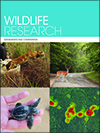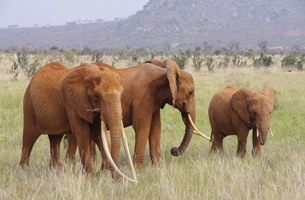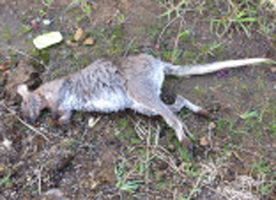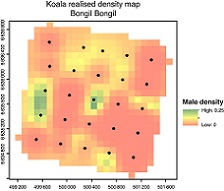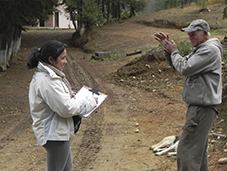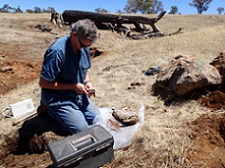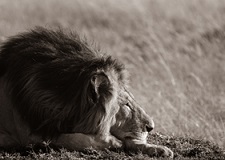WR21107Telemetry tails: a practical method for attaching animal-borne devices to small vertebrates in the field
 , C. M. Arkinstall
, C. M. Arkinstall  , J. van Weenen, A. K. Ross
, J. van Weenen, A. K. Ross  , J. C. Lawes
, J. C. Lawes  , K. E. Moseby
, K. E. Moseby  , A. Elphinstone and N. R. Jordan
, A. Elphinstone and N. R. Jordan 
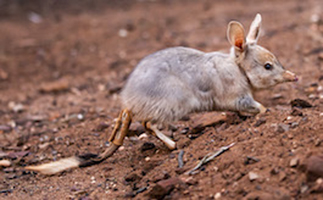
Attaching animal-borne devices to small vertebrates can present various logistical and animal welfare challenges for researchers. We describe a method for tail-mount attachment of devices to model species (order Peramelemorphia) that is both practical in the field and modifiable to accommodate various species and applications. We make recommendations on how this method can be applied, test the performance of devices and attachments in the field, and discuss the animal welfare considerations for its use. Photograph by Rick Stevens.
WR21107 Abstract | WR21107 Full Text | WR21107PDF (1.9 MB) | WR21107Supplementary Material (1.2 MB) Open Access Article


